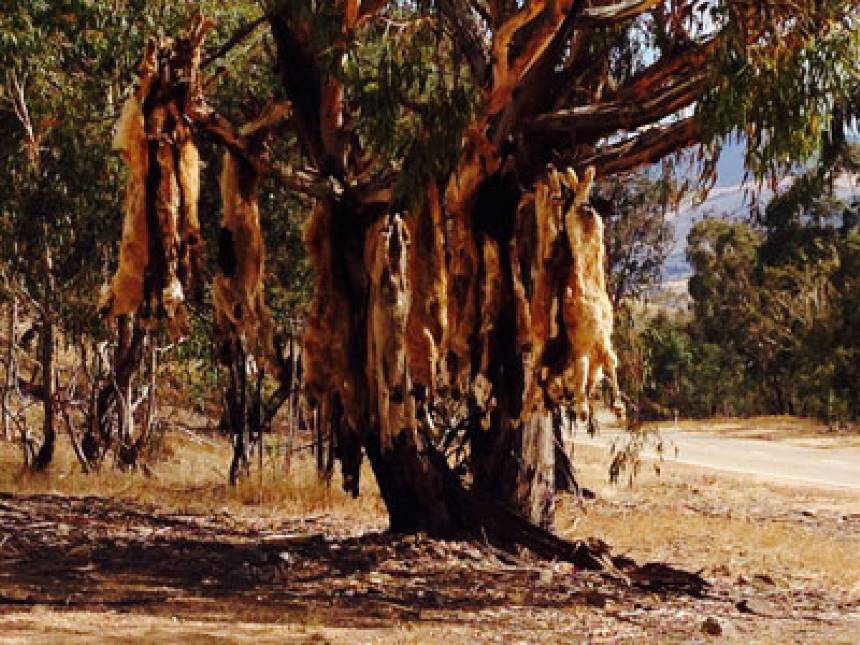Member for Gippsland East, Tim Bull, has welcomed the announcement by the Victorian Agriculture Minister, Peter Walsh, that the 3km buffer zone for wild dog control will be abolished.
The zone is the area or Crown Land abutting freehold where wild dog controllers concentrate their efforts. Doggers can operate outside the zone with permission, but its abolition will remove this requirement.
“Many farmers in my electorate from areas including Omeo, Benambra, Swifts Creek, Dargo and Bonang have advocated through my office for the removal of the buffer zone and it is something myself and other rural MP's have advocated for.
"There are times when controllers identify the best chance of trapping a problem dog is outside this zone and its removal takes away a level of restrictive red tape.
“It is very pleasing Minister Walsh has now confirmed the zone will be removed, making it easier for trappers and farmers to control the scourge of wild dogs."
“Now that we have merged DPI and DSE, there is no longer a need for trappers to apply to their own department for permission to bait in these areas, which is a great outcome,” he said.
Minister for Agriculture, Peter Walsh, said the Coalition Government has introduced Local Area Work Plans which allow farmers to work with the department to identify areas, including crown land, where wild dog control is needed.
“Once the plans have been approved, baiting and trapping of wild dogs on Crown Land outside the buffer zone will be permitted, and means individual permits are no longer required.
“Trappers will also have the flexibility to apply to undertake work in other crown land regions if an outbreak occurs,” he said.
Mr Walsh said this change will be signed off within weeks, and comes on top of a list of policy issues and actions achieved by this government including:
- Re-introduction of Lanes traps at the request of doggers and local community members after they were banned by Labor.
- Introduction of the wild dog and fox bounty and then doubled the wild dog bounty in January 2013 to $100, which has seen over 1200 pelts handed in.
- Established and grown community baiting programs with many landholders now participating.
- Maintained 72 hour trap checking for doggers (rather than move to 24 hour checking as was to occur under Labor) to allow doggers more flexibility to go about their business.
- Allowed farmers to undertake dog control measures outside their boundary as part of their co-ordinated baiting programs - with the intention to grow this in more areas.
- Introduced aerial baiting, which was opposed by Labor
- Provided iPads to the doggers so data can be entered in the field, removing the need for doggers to spend time in offices and this allowing more time in the field.
- Now employing contractor and casual staff to provide more flexibility to the dog control program. This is forming the basis of a transition plan with some of the contractors/casuals being employed aged in their 30’s and 40’s.



